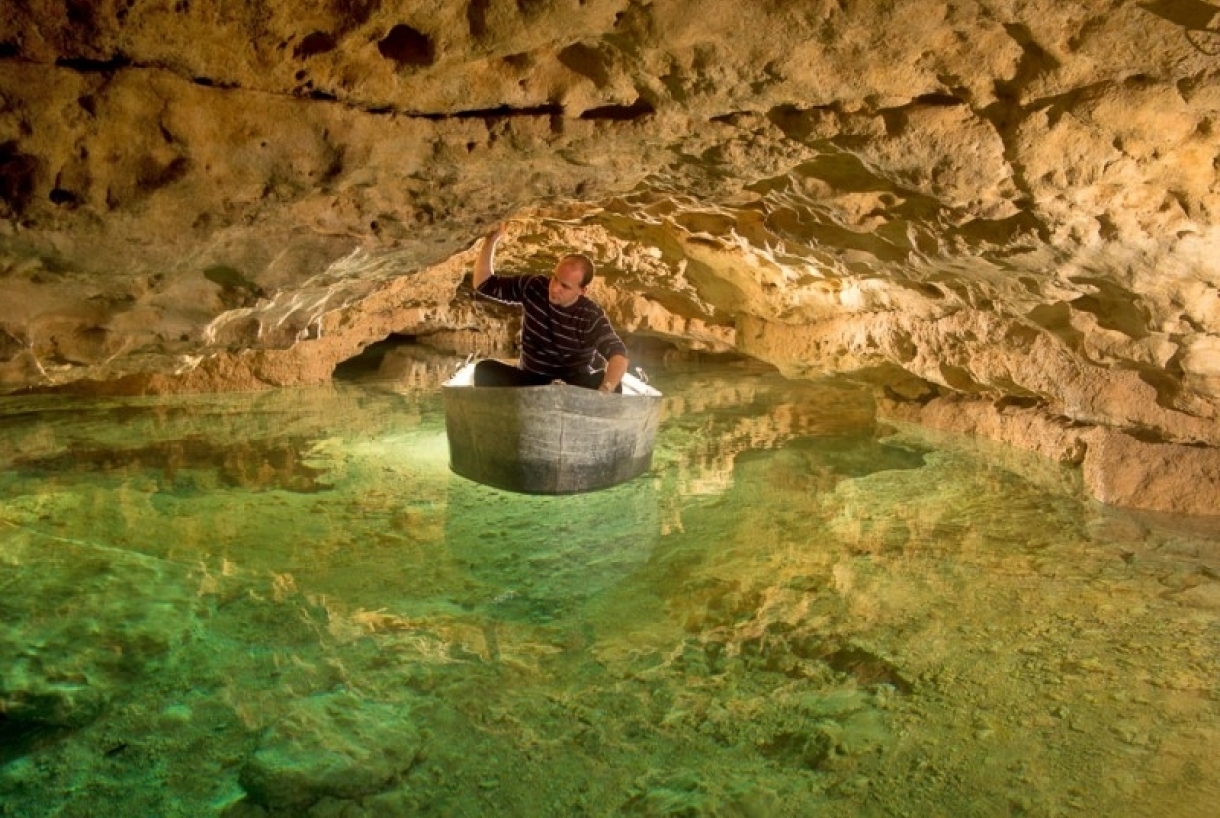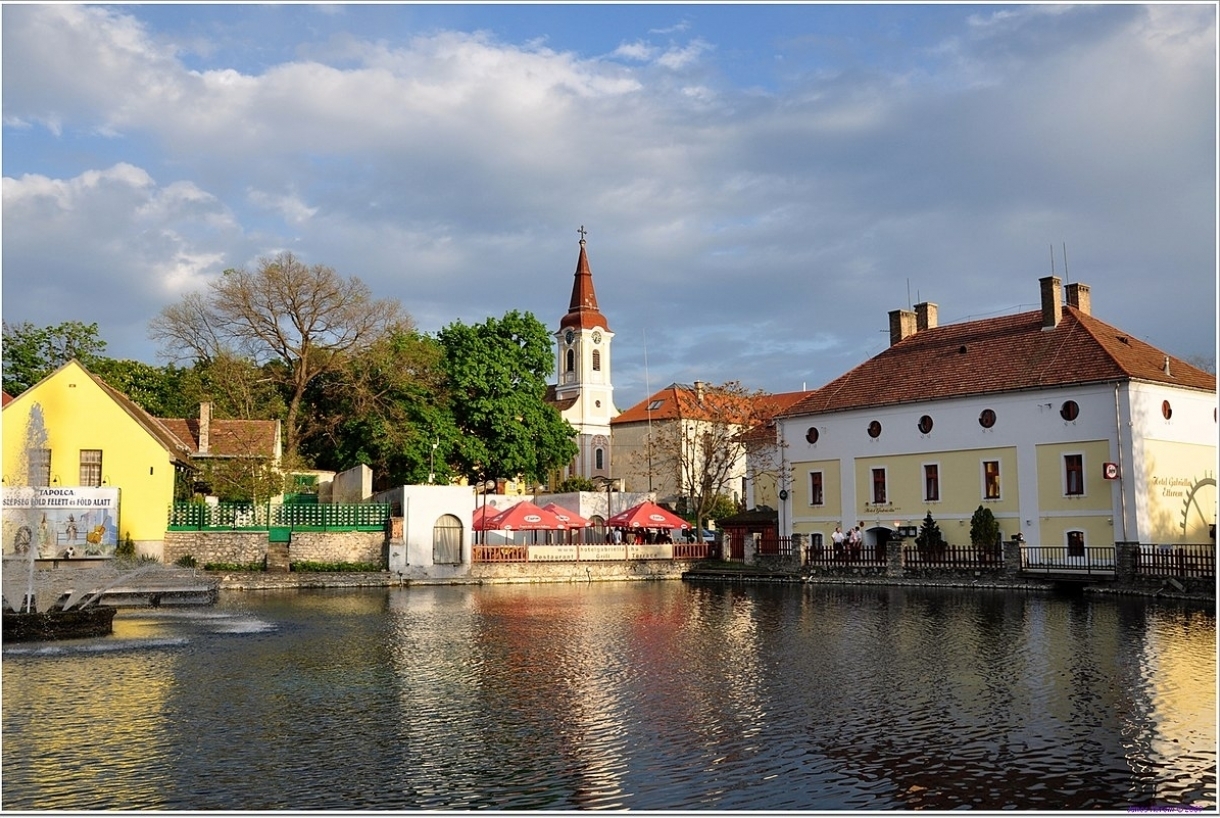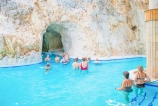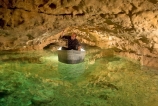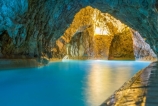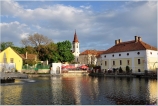Tapolca is a charming and quaint town, attracting tourists with its rich cultural heritage and abundant natural resources. Its name originates from the Slavic language, meaning "hot water." Situated 100 kilometers from the Austrian border, 15 kilometers north of Lake Balaton, and 187 kilometers from Budapest, the town is surrounded by basaltic mountain cones, now completely covered with vineyards.
The main attractions of the town are its thermal springs and karst caves, whose air and microclimate are particularly beneficial for treating respiratory ailments. One of the city's caves, known as Tavas, captivates visitors not only with its scenic beauty but also due to its unique microclimate and clean air, making it an ideal place for patients suffering from bronchial asthma, allergies, bronchitis, and other respiratory problems for several decades now.
The cave was discovered back in 1903, and its underground corridors, extending approximately 20 kilometers, began to be used for therapeutic purposes only in 1981 when a comprehensive report on the cave's remarkable microclimate properties was presented to the Ministry of Health. Since then, patients afflicted with various allergic reactions and respiratory conditions have been coming to Tapolca to undergo treatment in the cave.
The microclimate inside the cave is constant and free from aggressive factors such as pollen or dust. The temperature remains steady at +13 to +14 degrees Celsius, while the humidity is high, reaching approximately 100%. These conditions contribute significantly to the treatment of asthma, allergies, and other respiratory ailments.
Tapolca is a resort rightfully considered one of the best in the treatment of diseases of the upper respiratory tract, such as:
- bronchial asthma,
- allergies,
- bronchitis,
- lung diseases
- chronic tracheitis
- chronic sinusitis
Bioclimatic characteristics:
•High relative humidity (98%) and temperatures ranging from 14 to 16 degrees Celsius.
•Staying in the cave helps calm the autonomic nervous system and reduce inflammation of the mucous membrane.
•Helps strengthen and protect the body from possible catarrhal and infectious diseases, and also has a beneficial effect on bronchitis at an early age.
•High concentration of carbon dioxide CO2 and the absence of dust and toxic substances in the air ensure deeper penetration into the respiratory tract.
•The climate of the cave helps restore the body’s disturbed biological rhythm.
•The air in the cave is clean and almost dust-free, and its chemical composition is even poorer than the air in mountainous areas.
•Carbon dioxide plays an important role in the bioclimate of the cave, increasing the intensity of respiration and having an antispasmodic effect.
•In karst caves, the presence of Ca++ (calcium ion) is important, which can influence lung tissue through osmosis and contribute to the dissolution of spasms and mucus.
•The number of bacteria in the air space of the cave is very low. The absence of dust is one of the main guarantees of quick relief for asthmatics.
•The air in the cave is microbiologically the cleanest compared to other caves studied.



